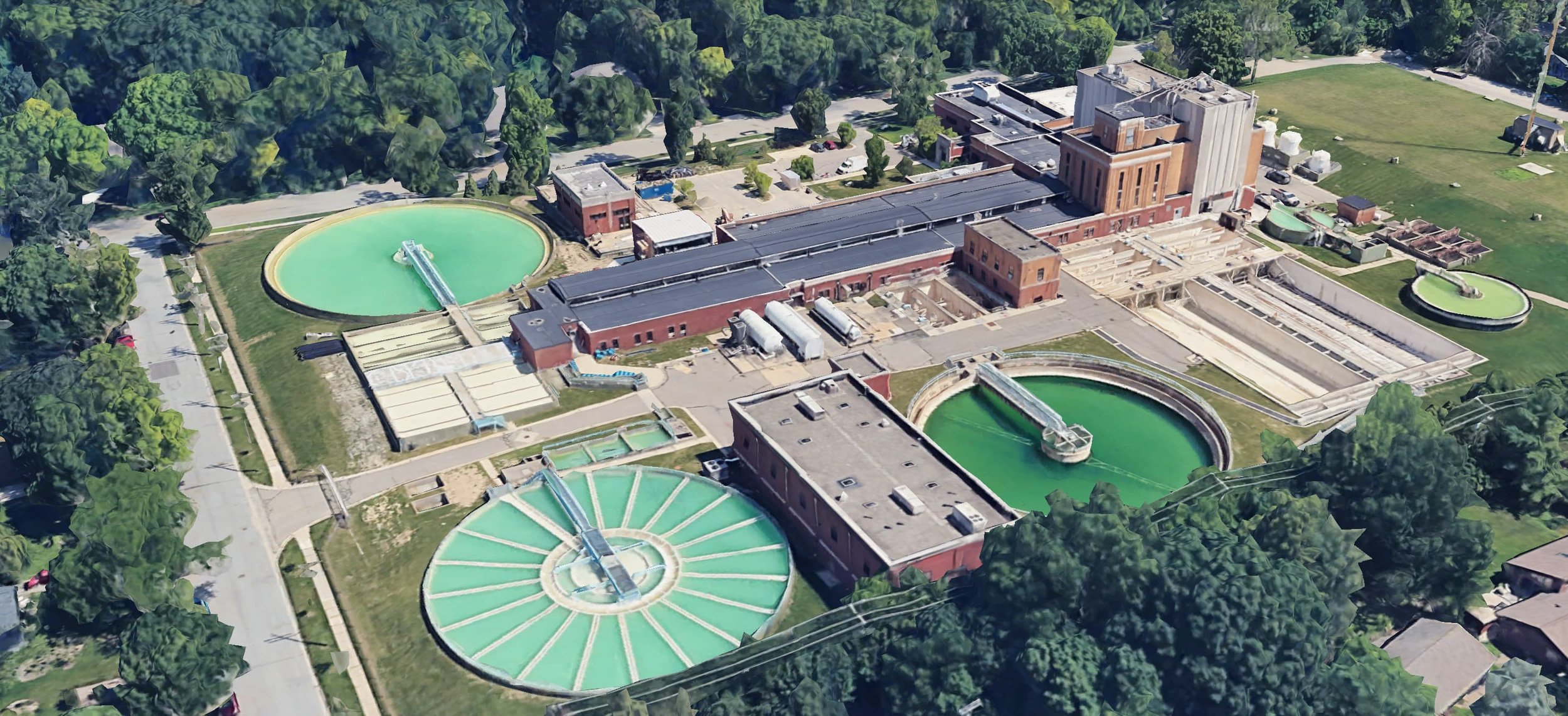📝 The Original Memo to the City & Comments
Draft Plan (Original) - Claims vs Facts
The First Draft Comprehensive Plan, dated April 7, 2025, is based on assumptions that aren't supported by authoritative data or expert analysis. Compare the plan's claims with the facts, get the memo to the city, or hear why:
⚠️ Claim: The draft plan is fully researched and “data-driven.”
⚠️ Claim: Ann Arbor will gain 63k – 113k more residents by 2050.
⚠️ Claim: The city must build 30k – 45k new homes.
✅ Fact: With the smaller population increase, SEMCOG projects just ≈4,700 additional households—about one-tenth of the target.² We need smaller and affordable housing.
⚠️ Claim: Local jobs will jump by 30k – 50k.
✅ Fact: SEMCOG expects ≈18,700 new jobs, the State of Michigan ranks 49/50 for unemployment, the University of Michigan forecasts slow recovery, and has frozen hiring in response to federal funding cuts.⁴
⚠️ Claim: More market-rate construction will make housing affordable.
✅ Fact: A 2025 NBER study finds income growth—not zoning limits—pushes prices up, so adding expensive units rarely lowers rents for everyday families.⁶
⚠️ Claim: The plan lines up with A2Zero.
✅ Fact: Buildings produce 37 % of global CO₂, and 11 % is “embodied” in materials. Constructing 30k – 45k units here would emit roughly 1 million t CO₂-e—about the same as running 200k – 300k extra cars for a year—undercutting A2Zero’s carbon budget.⁷
⚠️ Claim: Infrastructure costs are covered.
✅ Fact: National studies put basic roads, pipes, parks and public facilities at $81k – $113k per new home. That results in a publicly-funded infrastructure financing gap of $2.4b – $5.1b (≈$81 m – $170 m every year to 2050) that the plan never explains who pays for and how.⁸ The Plan also fails to account for and provide costs for replacing Ann Arbor’s existing infrastructure, much of which is at or near the end of its designed lifetime.
⚠️ Claim: The plan advances affordability, equity, and sustainability.
⚠️ Claim: Public engagement has been broad and meaningful.
⚠️ Claim: “Don’t worry—this is only a roadmap; details come later.”
✅ Fact: The draft already directs staff to rewrite zoning to allow multi-unit buildings on every residential lot and to scrap single-family districts, so the big decisions are effectively locked in now. (See pp. 1–2 of the draft plan)
⚠️ Claim: Success stories in Minneapolis, Portland, Seattle, and Austin prove form-based codes work everywhere.
✅ Fact: Those cities mostly use hybrid zoning; Austin’s full rewrite (CodeNEXT) actually failed. Citing them as universal successes is misleading.
⚠️ Claim: The Planning Commission is conflict-free.
⚠️ Claim: The plan meets state law and APA standards.
Why We Made This Resource:
We hoped that Ann Arbor's Comprehensive Plan would start with facts and genuine input from the whole community. What we found instead was a vision document created by a few, with incredibly limited public engagement begun after the fact. Just 2% of residents participated in the city's survey, which largely missed students, renters, newer residents, and lower-income households. Yet despite this failure, the plan proposes drastic changes that would affect every neighborhood in our city and threaten natural features that we prize.
Instead of sharing realistic growth numbers based on official forecasts and recent population trends, the Planning Commission created its own inflated projections without explaining how it arrived at them.
What's even more troubling? There's no financial analysis showing how we'd pay for the billions in required infrastructure. There is no real plan for housing affordability. Without this crucial information, we're concerned about what could follow: unsustainable tax burdens and unaffordable gentrification—which always hits vulnerable working families, young renters, and fixed-income seniors the hardest.
That's why we created this resource. Ann Arbor deserves what other forward-thinking cities expect and receive. That is a plan built on real community conversations, accurate data, and realistic projections which provide clear pathways to reach our common goals. 💙
-A2N2 Steering Committee: Hank Barry, Lisa Jevens, John Godfrey, Ann Arbaugh, Nancy Leff, Brad Pritts, Ellen Ramsburgh, Rita Mitchell, Irma Majer, Tom Stulberg, Barry Checkoway, Karen Wight, Wendy Carman

🎁 Bonus Memo!
Water and Wastewater Plant Capacity Evaluation (Rel. 5/6/25)
“The City would need to develop a new approach to delivering additional drinking water capacity to meet the projected build-out.
Previously, as part of the City’s 2024 Water Facility Plan, the City utilized long-term growth projections developed by the Southeast Michigan Council of Governments (SEMCOG), the regional planning body, which resulted in the determination that the existing plant capacity was sufficient for a 50-year horizon. A 50-year horizon is typically used for planning major WTP projects, which can require a decade or more to develop.
The City is already in the process of planning for replacement of the oldest portion of the WTP. The pace of anticipated build-out considered under the Draft Comprehensive Land Use Plan would alter the current planning process so as to avoid constructing components that would be undersized before the plant construction is complete.”
-OHM Advisors (City Consultants)
📢 Make your voice heard by contacting the A2 City Council and Planning Commission - Demand they Pause the Plan!
Contact an individual Ann Arbor City Council Member, or all:
